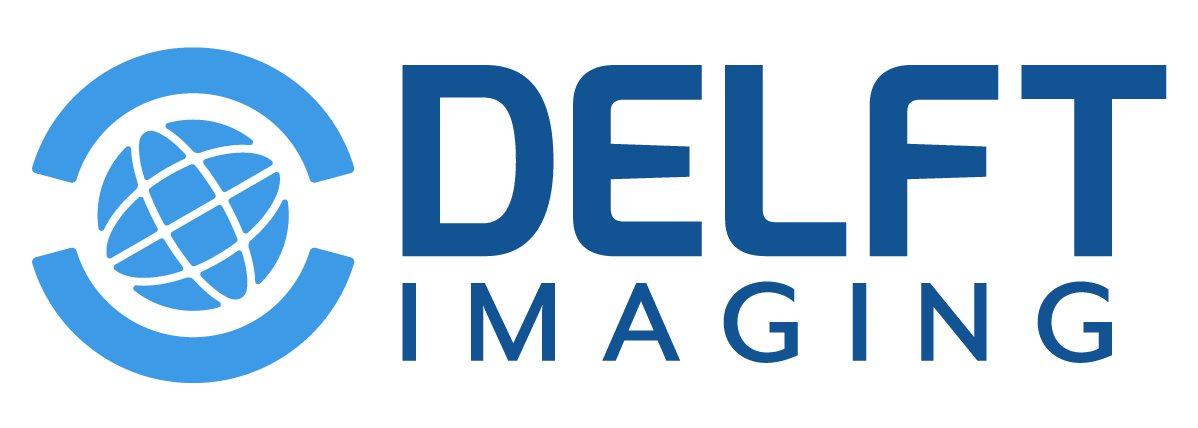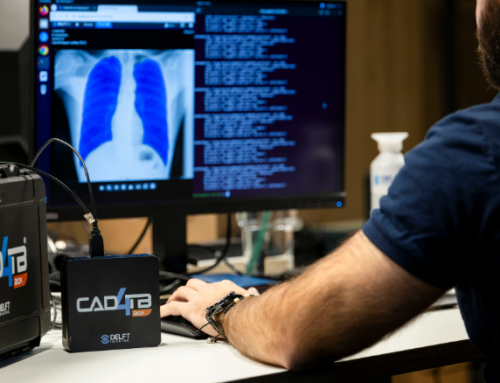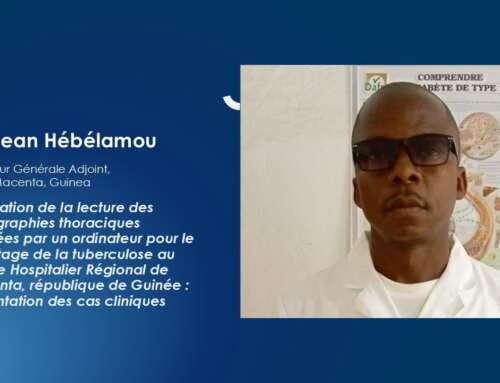In many parts of the world, silicosis remains a critical but under-recognized health issue, particularly in regions with high burdens of tuberculosis (TB), HIV, and dust-related occupational diseases. As part of our recent webinar, Prof. Rodney Ehrlich, a Senior Research Scholar from the Division of Occupational Medicine, University of Cape Town in South Africa, explored the evolving role of AI-enabled Computer-Aided Detection (CAD) systems in the context of silicosis screening.
CAD for Silicosis: Screening and triage, not diagnosis
Prof. Ehrlich emphasized that CAD should be viewed as a triage tool rather than a diagnostic solution. “CAD is used for screening and triage, not diagnosis,” he noted. “Diagnosis is not purely radiological; it relies on exposure history and ruling out competing diagnoses.”
Because bronchoscopy or biopsy is generally not feasible in resource-limited settings, CAD offers a practical, scalable alternative to prioritize patients for further evaluation.
The cost of accuracy without adoption
While much of the literature has focused on CAD’s accuracy, Prof. Ehrlich raised a critical point: “Much of the existing literature focuses on accuracy, with limited attention to real-world utility and benefits.” He argued that evaluating AI solutions requires looking beyond the ROC curves and toward operational questions such as usability, cost, training, and impact on referral systems.
From equipment and software to connectivity and staff training, the full implementation of CAD comes with practical costs. “Training staff, particularly medical officers or clinical assistants, presents challenges, as personnel turnover is high.” These real-world dynamics can influence adoption as much as the performance metrics themselves.
Why thresholds matter
Threshold setting is a recurring challenge in AI-enabled screening. CAD systems for silicosis produce scores on a scale of 0 to 100, yet understanding what constitutes a “positive” result can be confusing for users. “Many professionals struggle with understanding the threshold concept… and since it operates as a black box, defining silicosis positivity depends on the chosen threshold.”
Prof. Ehrlich explained that these thresholds must be interpreted in the context of disease prevalence. In low-prevalence settings like pre-employment screening, false positives can be high—leading to unnecessary costs and distress. “In employment screening… a threshold of 39 results in a PPV of only 1.6%. This means most cases flagged as positive would not actually have silicosis.”
Two thresholds for a more accurate decision-making
To improve efficiency in high-volume settings such as compensation programs, Prof. Ehrlich proposed a two-threshold model. “Cases falling below 12 are highly likely negative, while those above 78 are highly likely positive. The middle zone requires further review, allowing for better resource allocation.”
This model helps minimize unnecessary expert review while preserving sensitivity and fairness in adjudication.
Ethical considerations in screening
Screening programs must weigh ethical risks despite the benefits, particularly in employment contexts. False positives can lead to loss of income, emotional distress, and unnecessary investigations. “False positives impose costs, distress, and potential job loss. Investigations carry risks, including biopsy complications.”
Importantly, silicosis is not a treatable condition, which complicates the justification for mass screening. However, early detection can serve other important purposes, such as improving workplace dust control and monitoring TB risk. “While the disease is not treatable, early detection can prompt employers to invest in dust reduction. However, screening without action is ineffective,” Prof. Ehrlich cautioned.
Integrating Silicosis and TB strategies
Silicosis and TB are biologically and epidemiologically linked, yet too often addressed in silos. “Silicosis may impair TB treatment responses and long-term lung recovery,” he noted. Unfortunately, CAD still struggles to distinguish between the two when they co-exist, highlighting the need for ongoing calibration and research.
Looking ahead
In his closing remarks, Prof. Ehrlich acknowledged the promise of AI in silicosis screening – provided it is deployed thoughtfully. “Silicosis screening has value, but only when carefully implemented.” CAD can enhance efficiency and equity, especially in high-burden settings, but only when paired with robust training, context-specific threshold strategies, and ethical safeguards.
As Delft Imaging continues to explore AI applications beyond TB, Prof. Ehrlich’s insights are a critical reminder that accuracy is only the beginning; adoption, context, and responsibility complete the picture.



